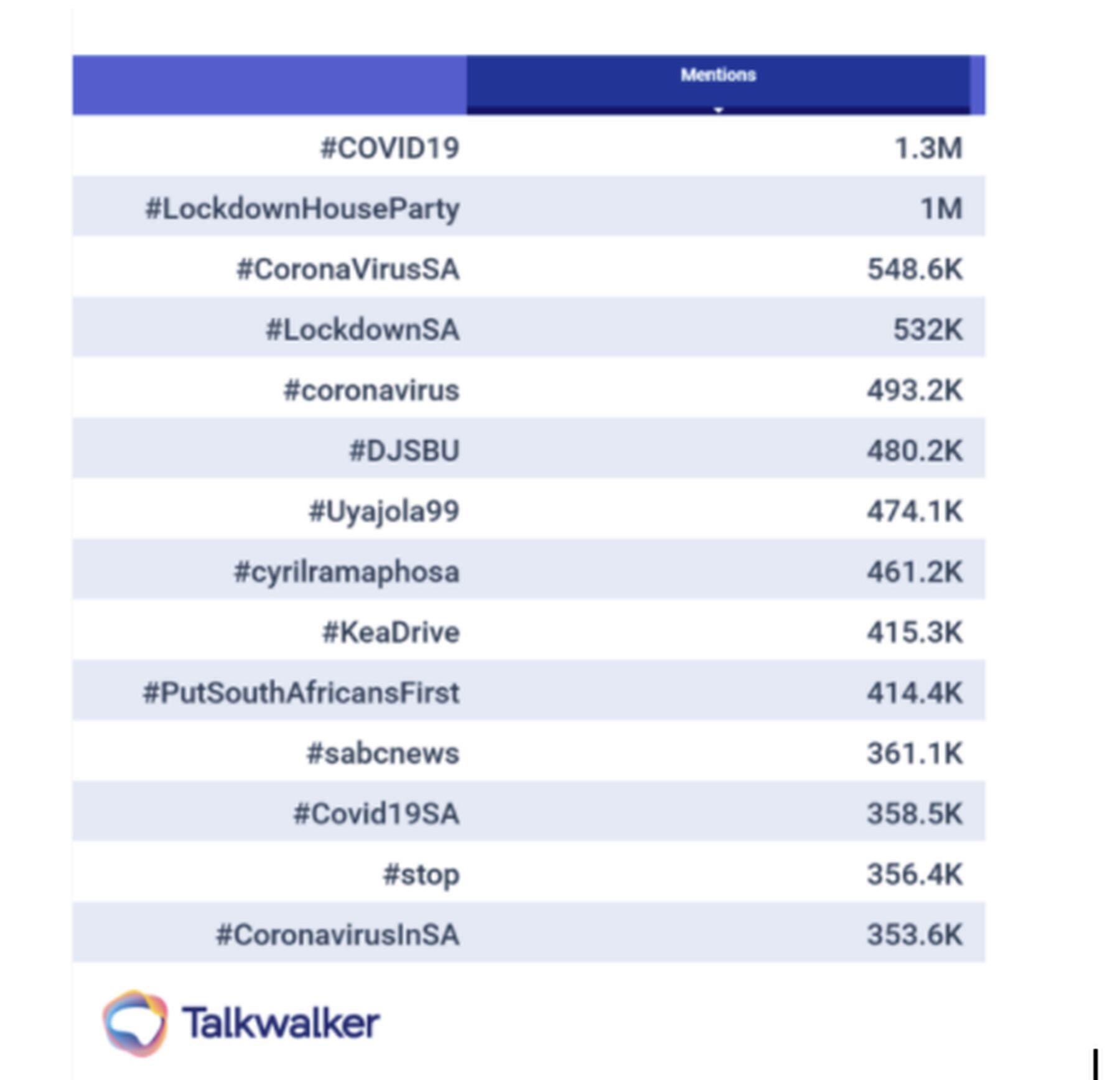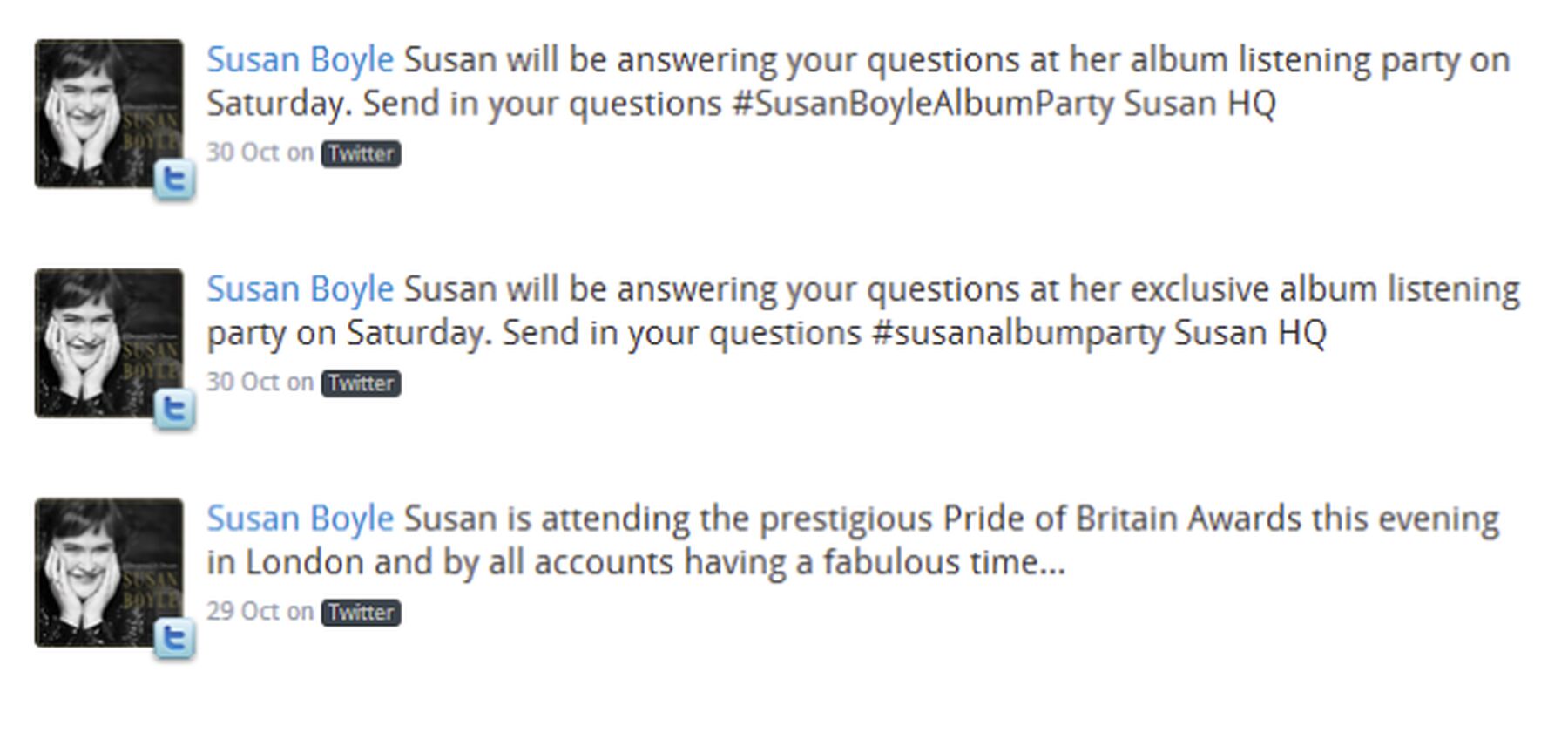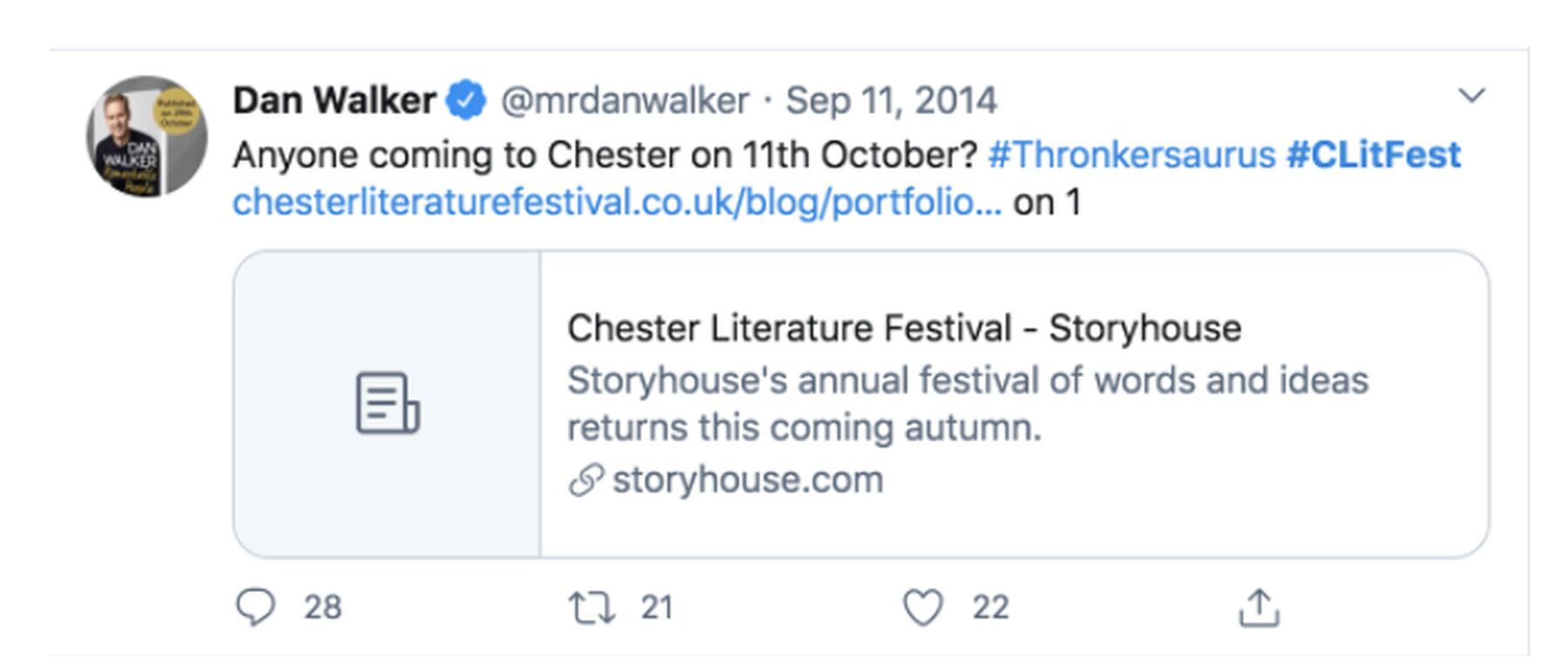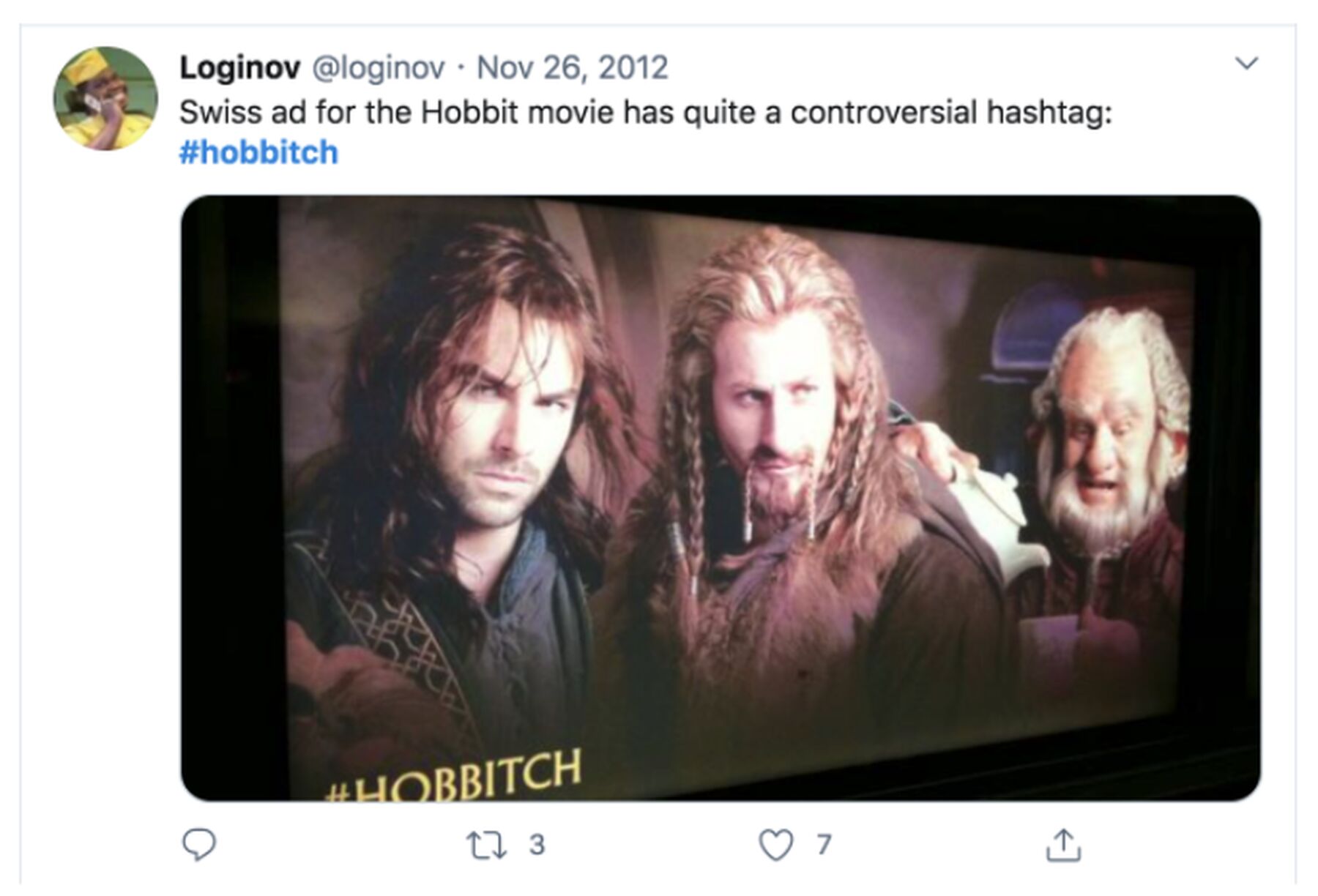The hashtag turned 13 this year and is more relevant now than ever.
It may feel like hashtags have always been around, but before social media the # symbol was simply a number sign. That was until 2007, when Chris Messina, a web marketing specialist, started exploring a way to group content or discussions around specific themes on Twitter.
“I’m more interested in simply having a better eavesdropping experience on Twitter,” he said.
And that is exactly what hashtags are for – to help you find conversations about certain topics and help you to leverage these conversations for your own brand.
To put it simply, hashtags are a label or tag used on social media that makes it easier to find information on a specific theme or topic.
Adding a unique hashtag to your social media content will help your content stand out among all the other content being posted. Social media users who want to contribute to the conversation can see your content and add to it by using your hashtag in their posts – and so the conversation grows. Hashtags add volume to conversations, and if you have a good hashtag, you give audiences a reason to engage.

Think of hashtags that have gone viral – #BlackLivesMatter, #MeToo, #JustDoIt.
Instagram marketing platform Later.com’s list of the most popular Instagram hashtags of all time (https://later.com/blog/ultimate-guide-to-using-instagram-hashtags/) includes:
- #love
- #happy
- #life
- #nature
- #fun
#COVID19 tops the list of hashtags used in South Africa this year, with more than 1.3-million mentions.
Hashtags are powerful, but if used incorrectly can spell doom for a brand. Here are three examples of major #hashtag fails ...
1. #susanalbumparty
You are going to have to read it slowly. The intention of this hashtag in 2012 was to create awareness around the launch of Scottish singer Susan Boyle’s latest album. The hashtag was eventually changed to #SusanBoyleAlbumParty.

2. #CLitFest
This was the unfortunate hashtag used to advertise the Chester Literary Festival in the United Kingdom.

3. Hobbitch
A Swiss public relations company’s choice for a hashtag to promote The Hobbit movie.

So, how do you use a hashtag to add value to your social media content?
Watch social media platforms and keep your eye on the hashtags that are trending. Develop and post relevant content that speaks to and adds to the conversation around trending topics.
Make sure you use the correct spelling of a hashtag. It is no use posting good content with a hashtag that is misspelt – your content will get lost.
Your hashtag must make sense, whether it is written using capital letters or without. (See #susanalbumparty.) Before using your hashtag, say it out loud. Get someone else to look at it.
Make sure the unique hashtag you want to track and use for a social media campaign is actually unique, and not being used widely already.
Keep your hashtags short and sweet. For example, consider the character limit on a tweet – your hashtag should not take up the bulk of it.
Don’t add too many hashtags to your social media posts. Use at most three or four that relate to the content you are posting about.
Be clever about the hashtags you create: #dontjustmakeupanyhashtag – #thatdefeatsthepurposeofahashtag.
